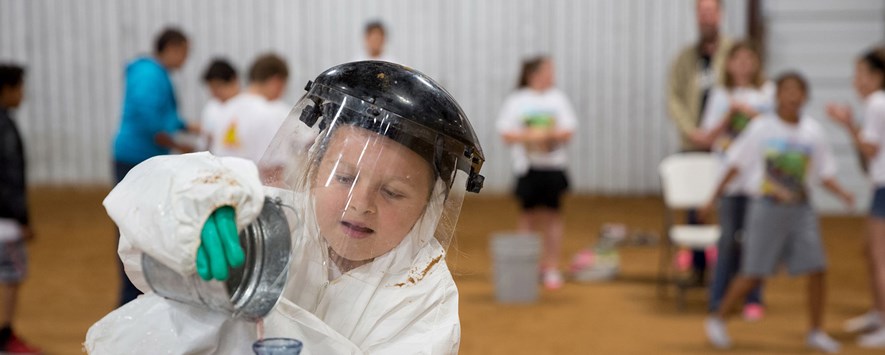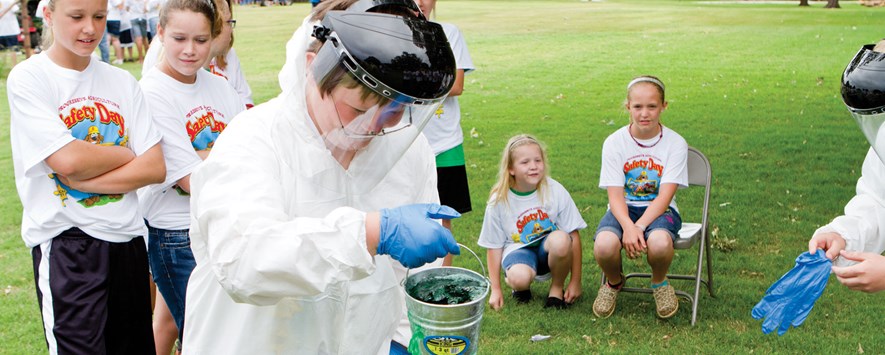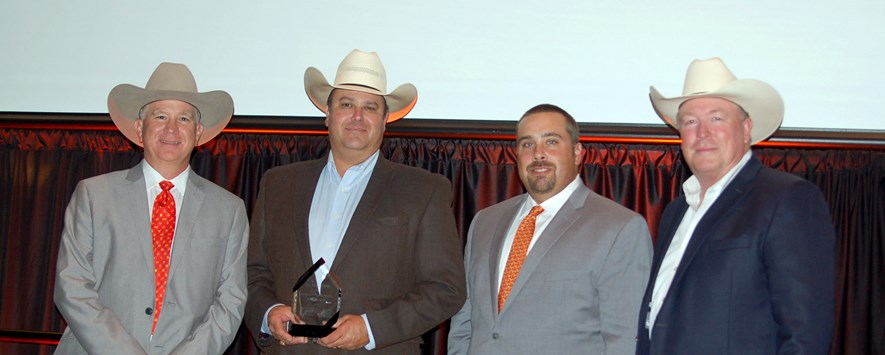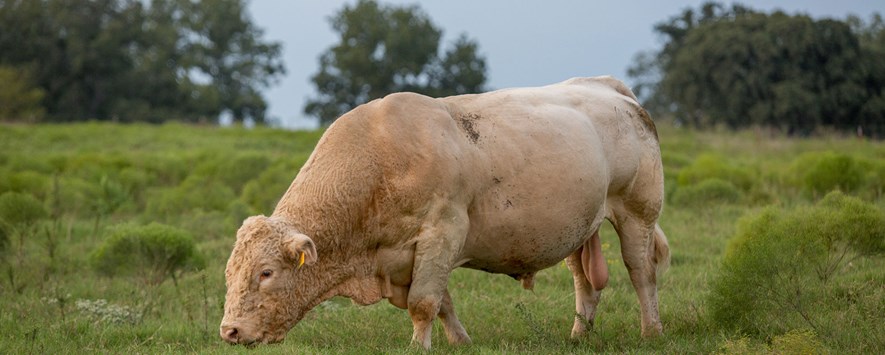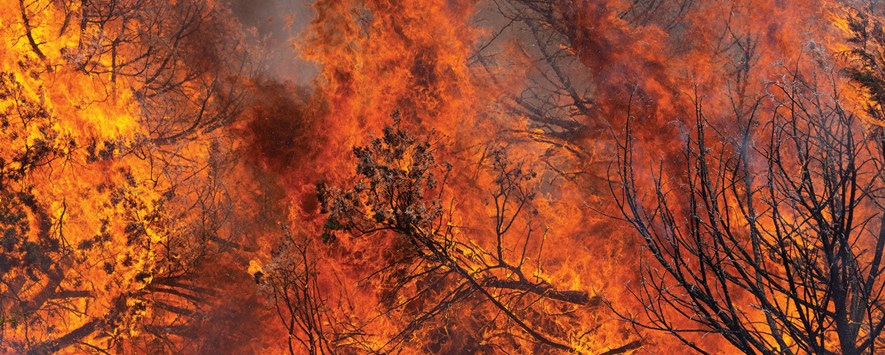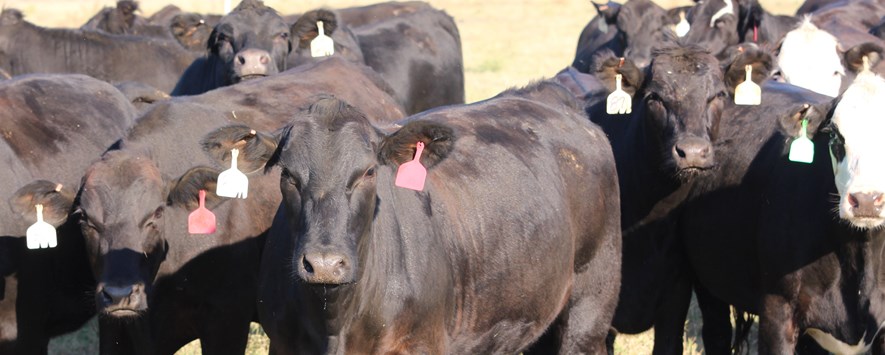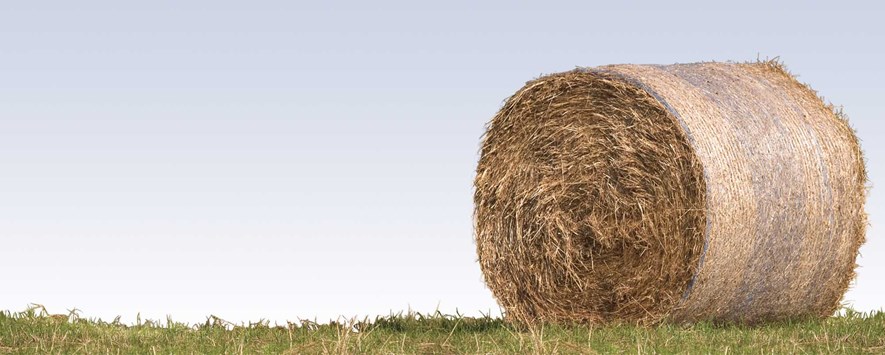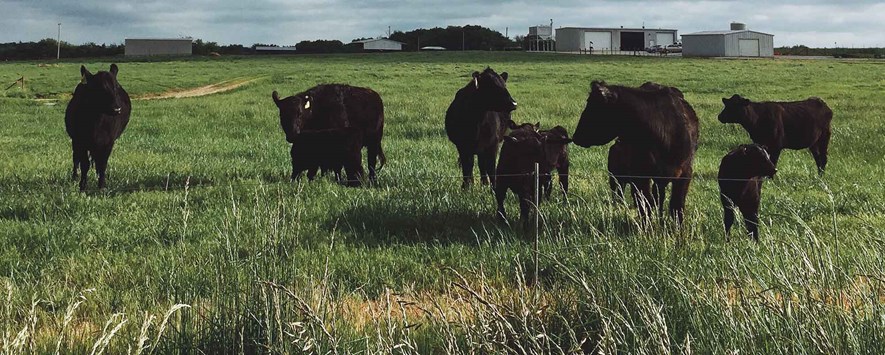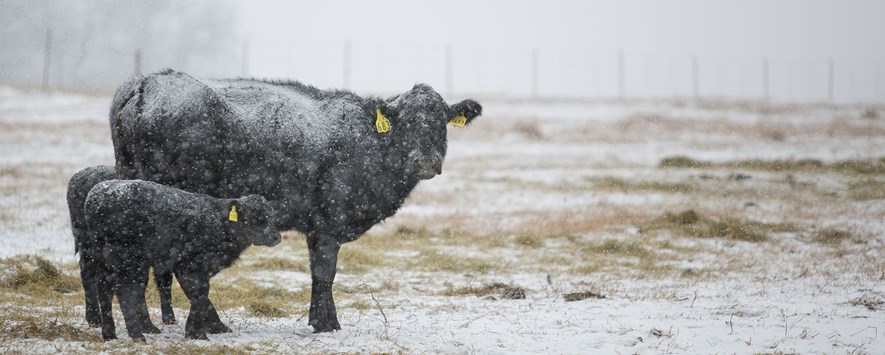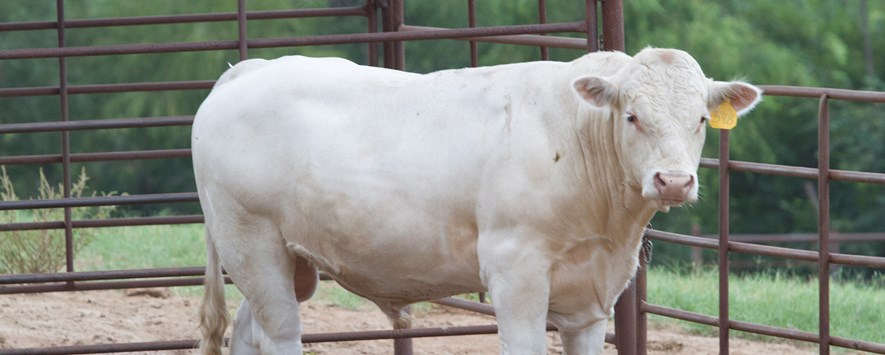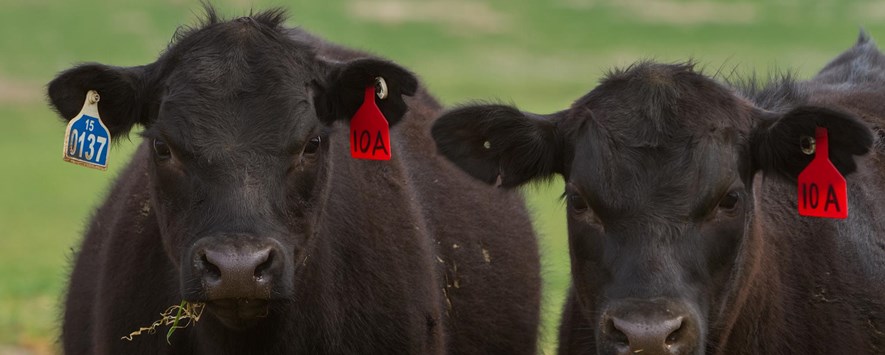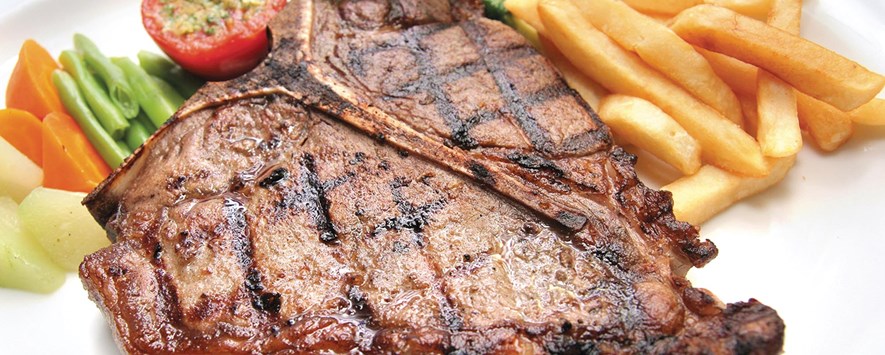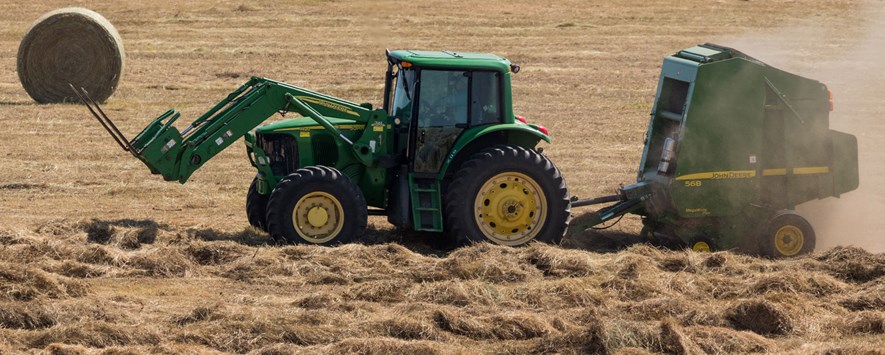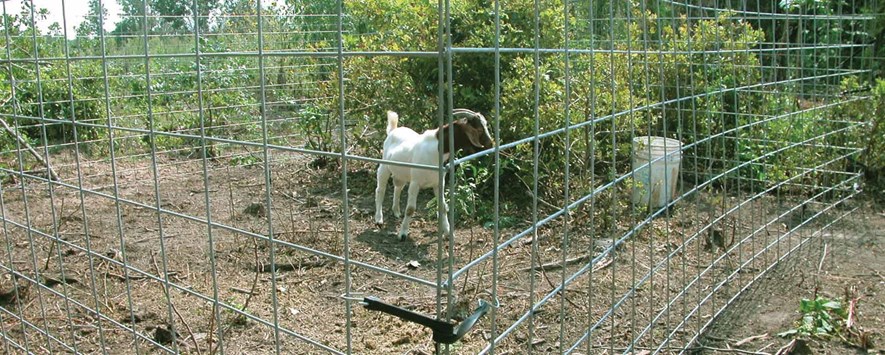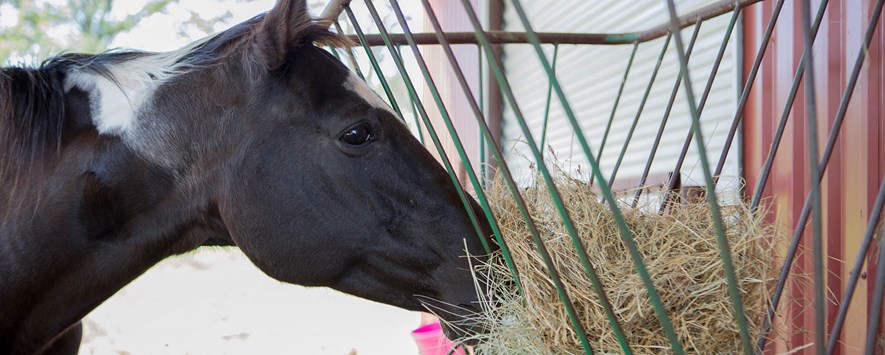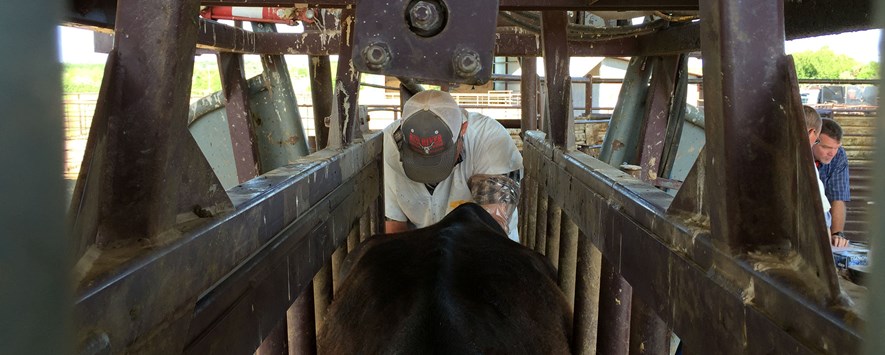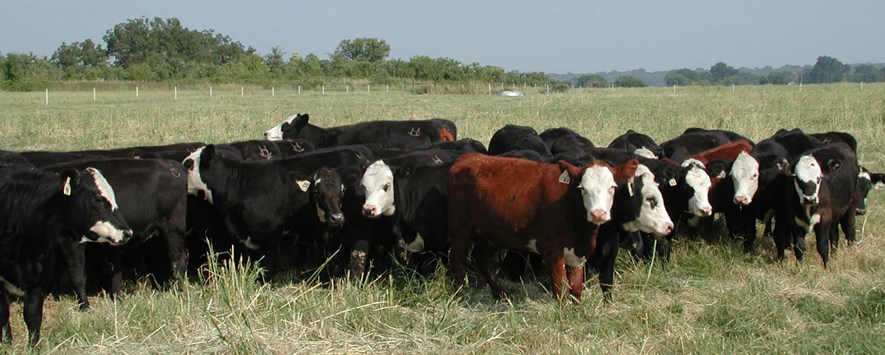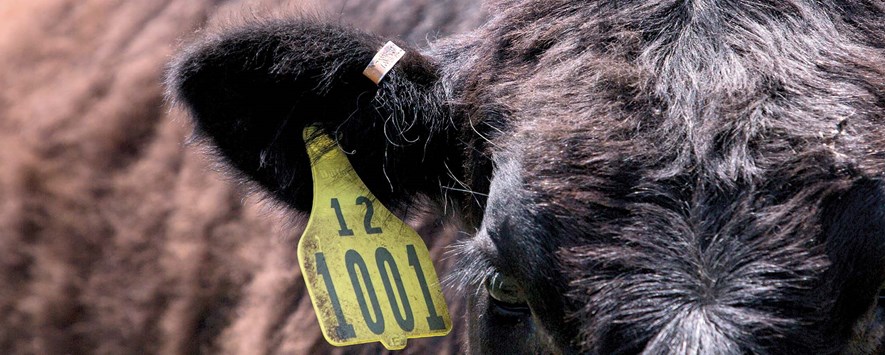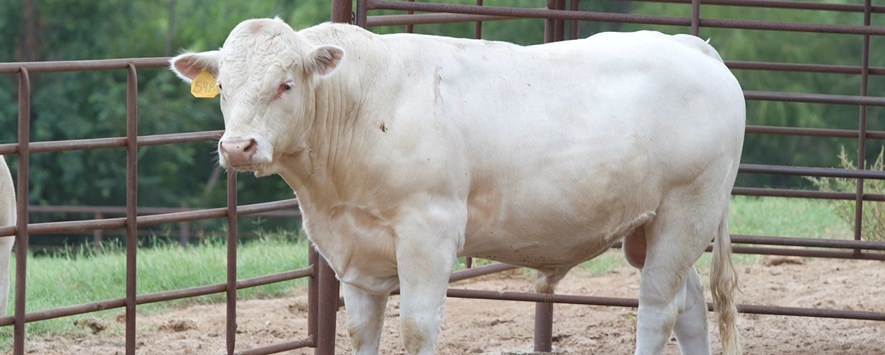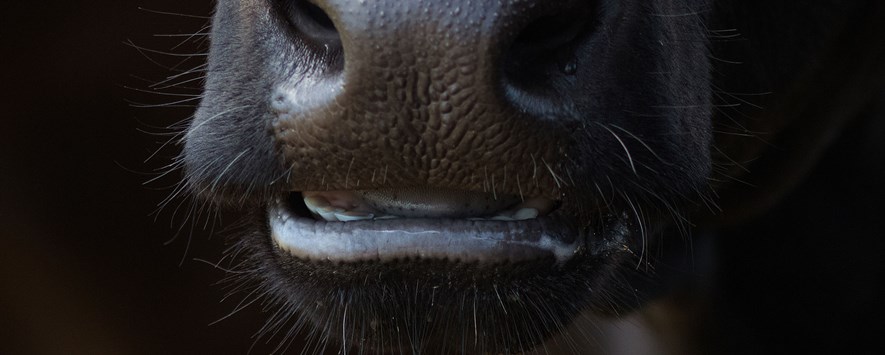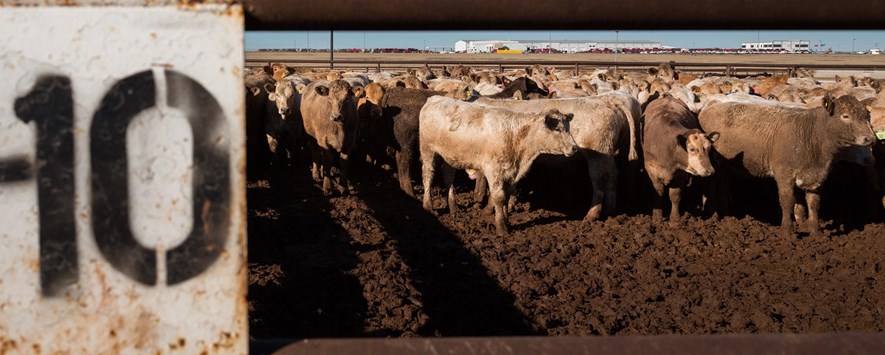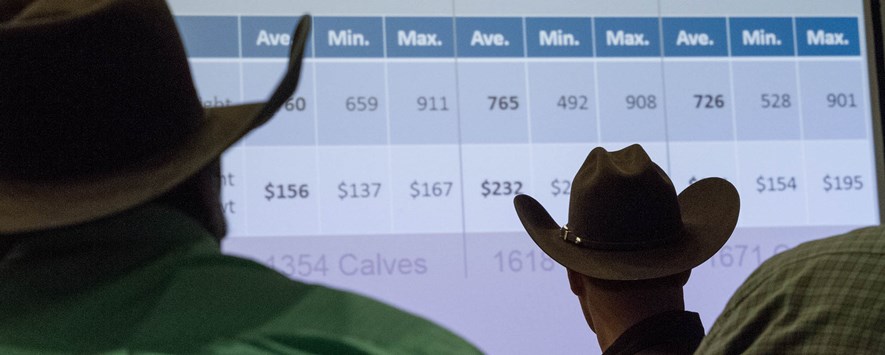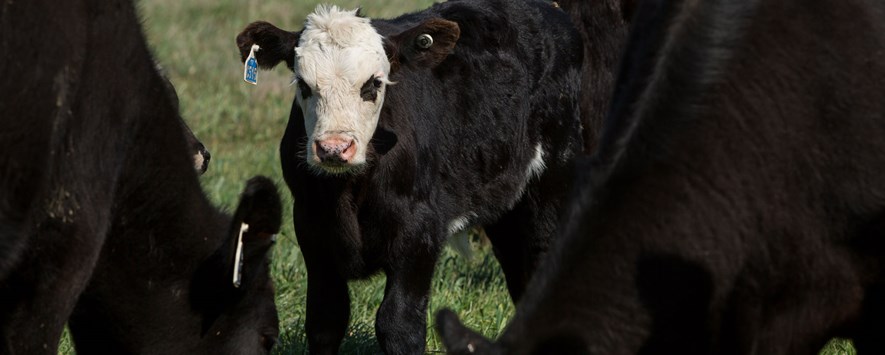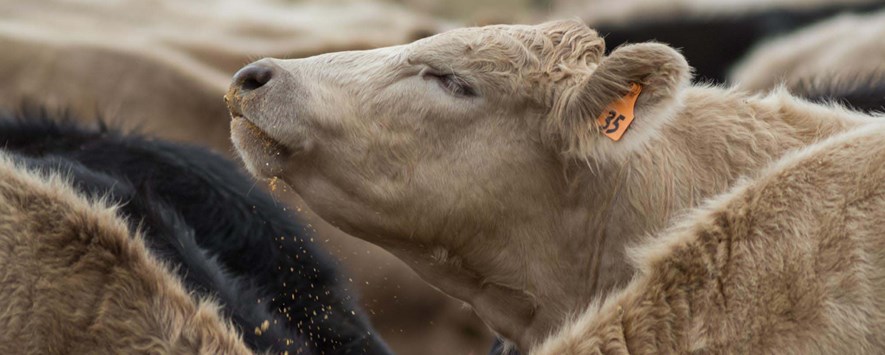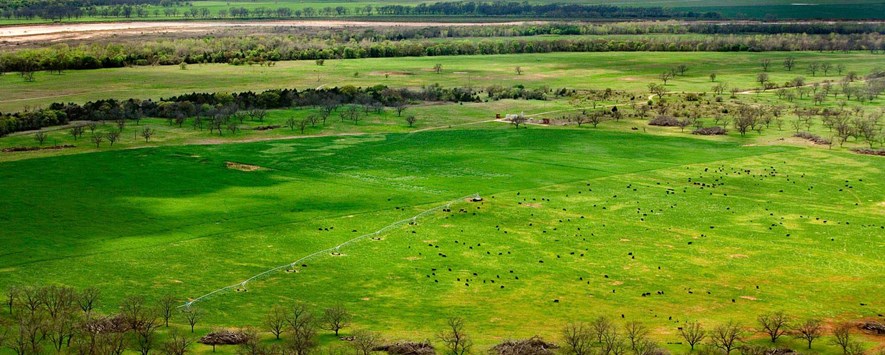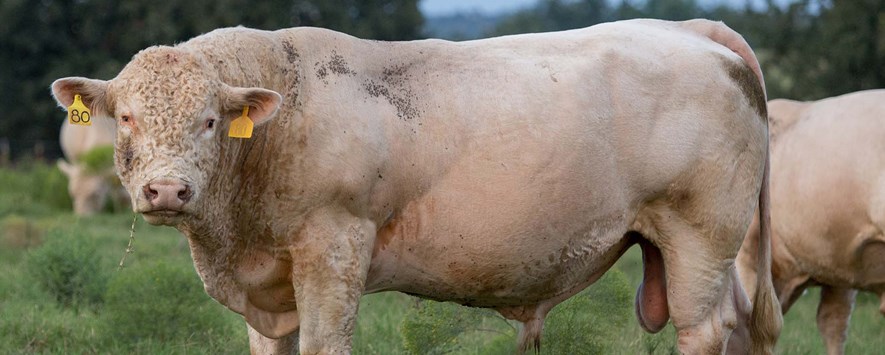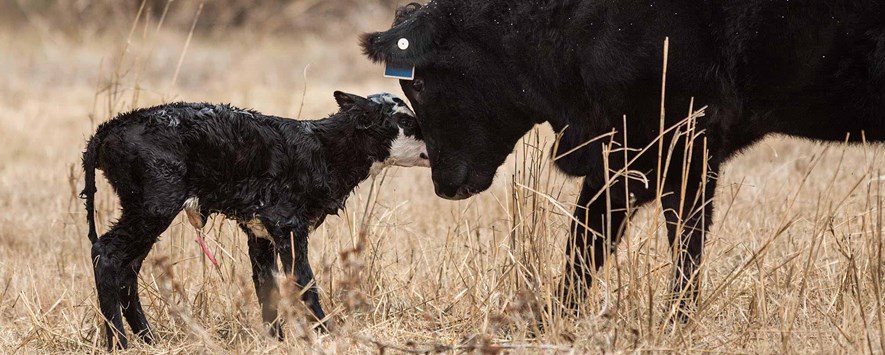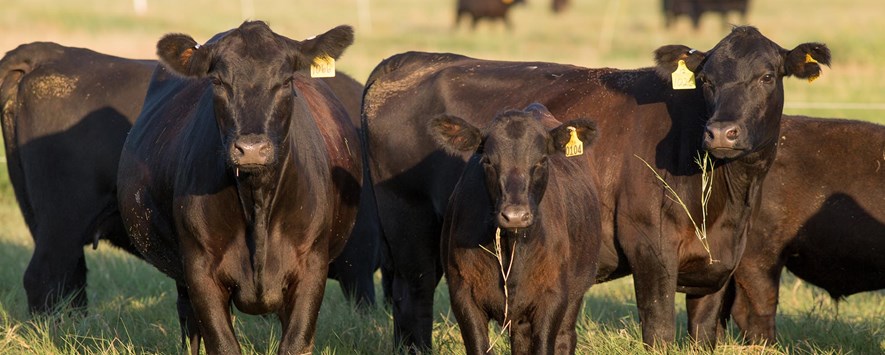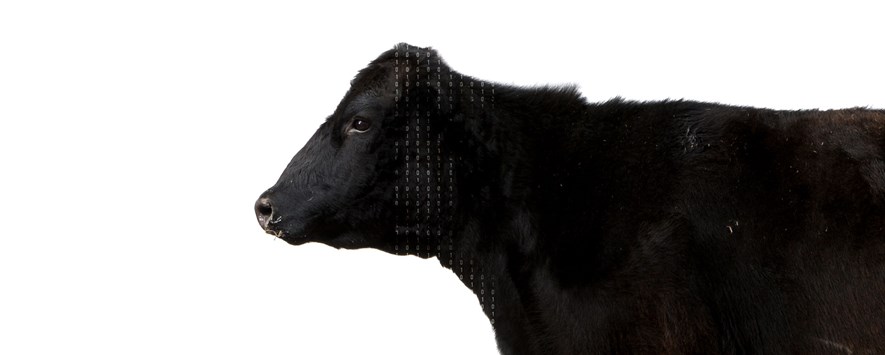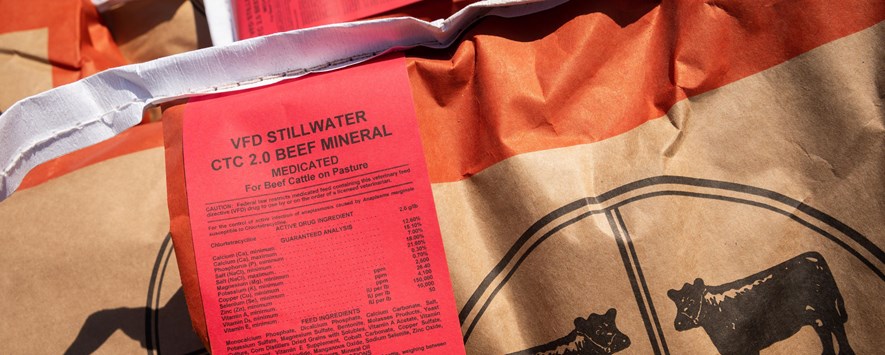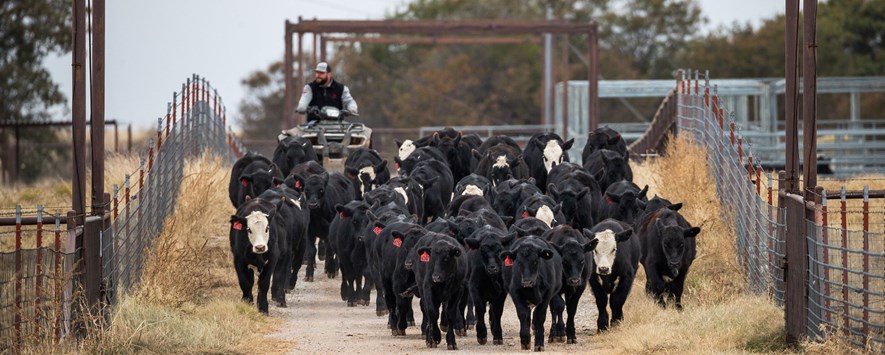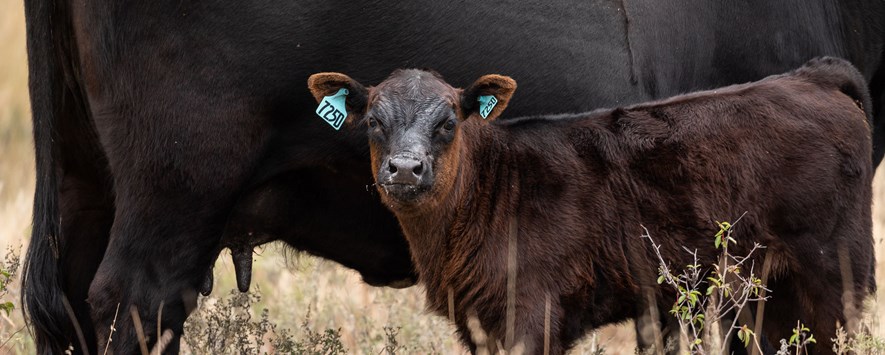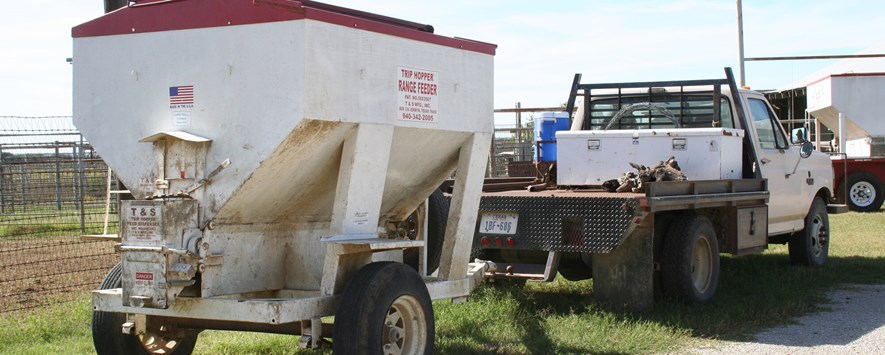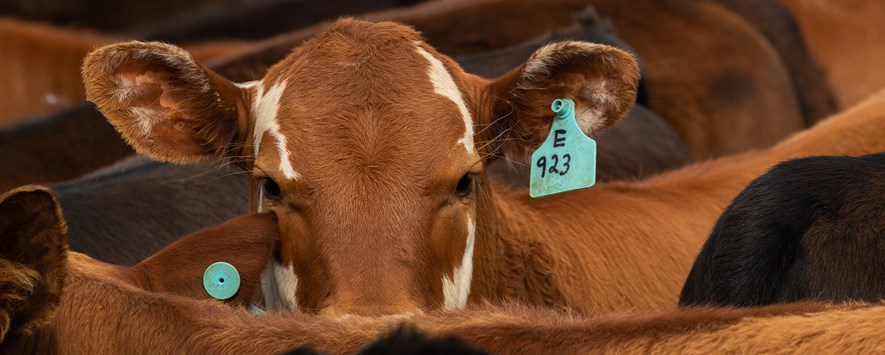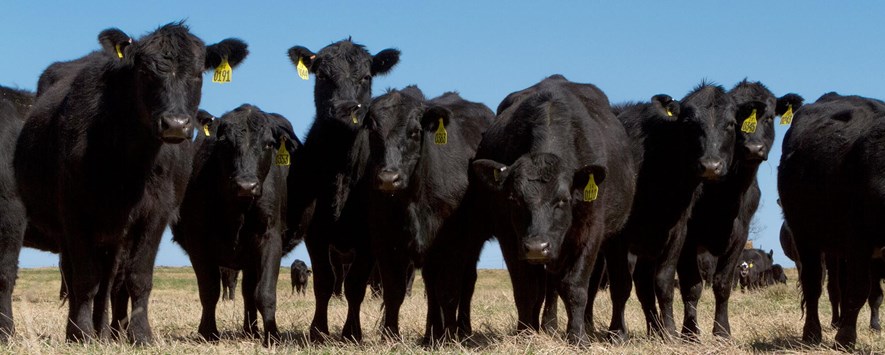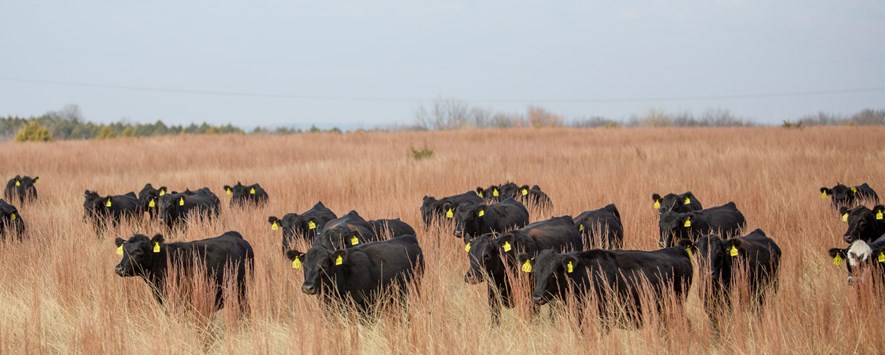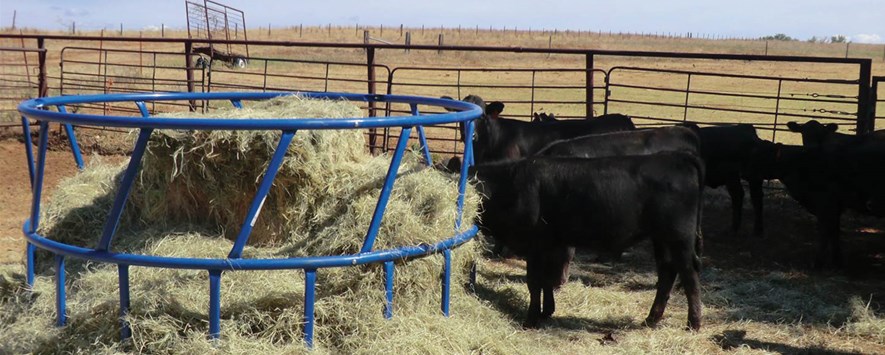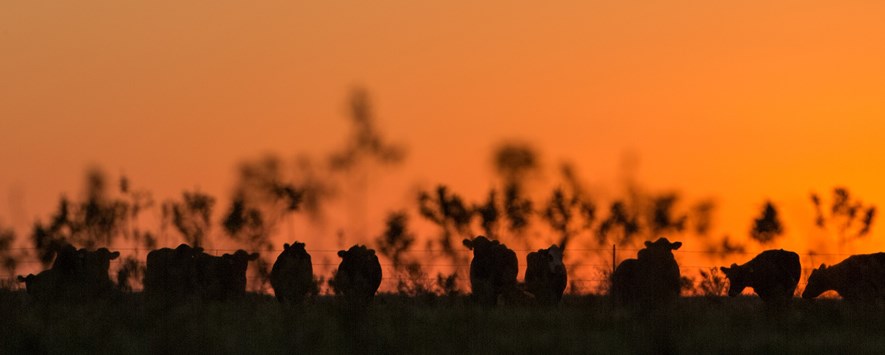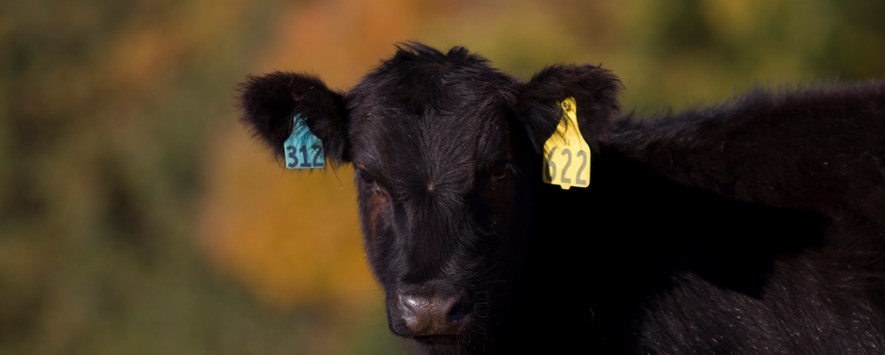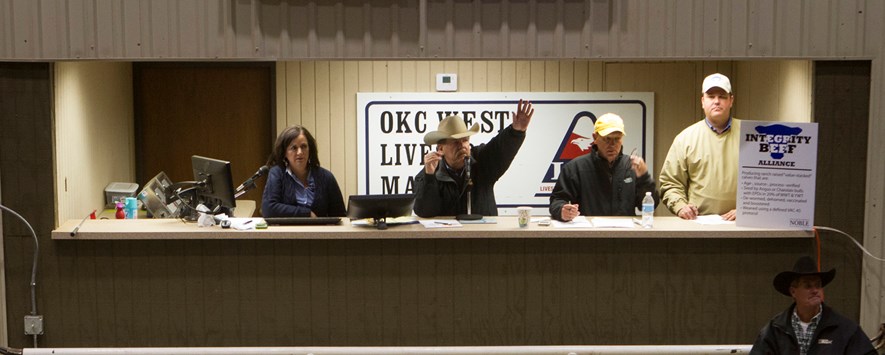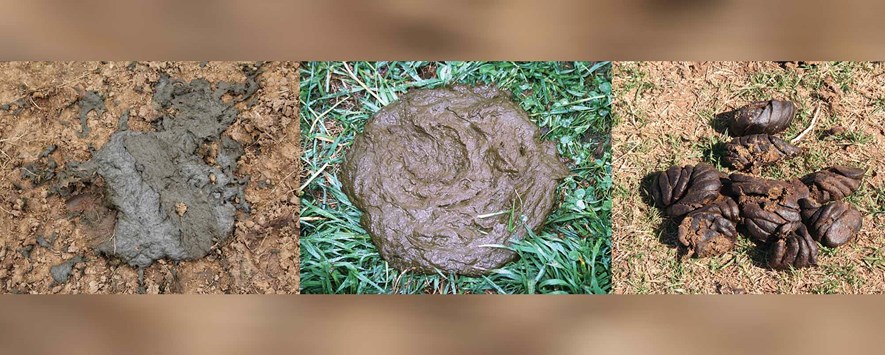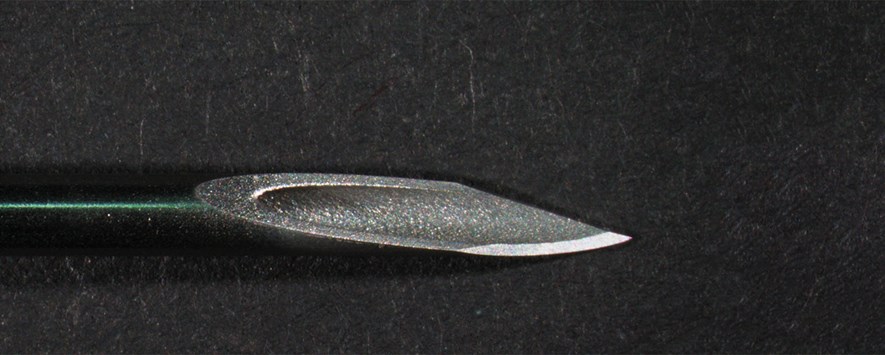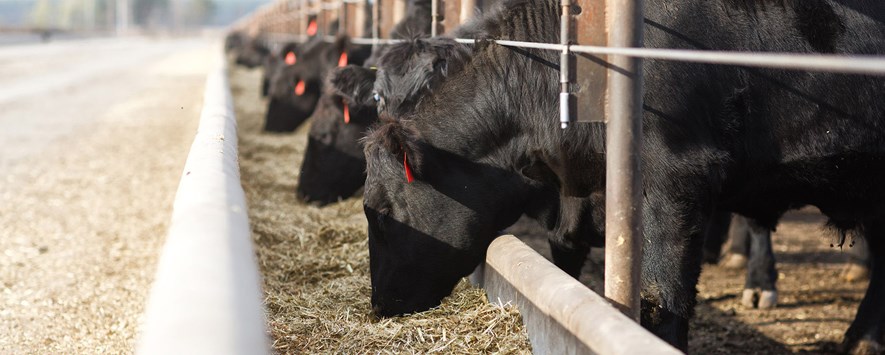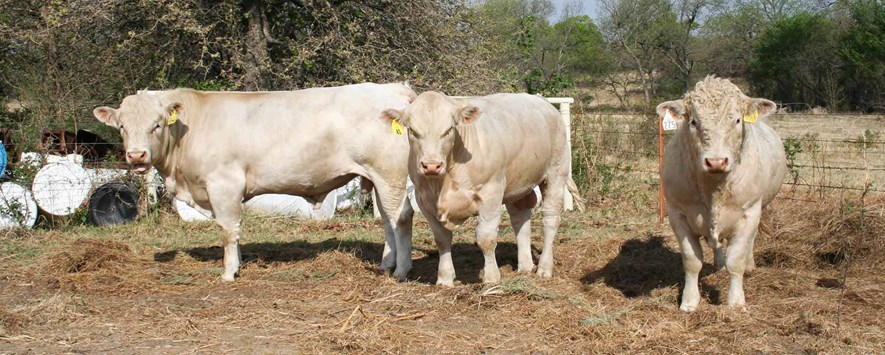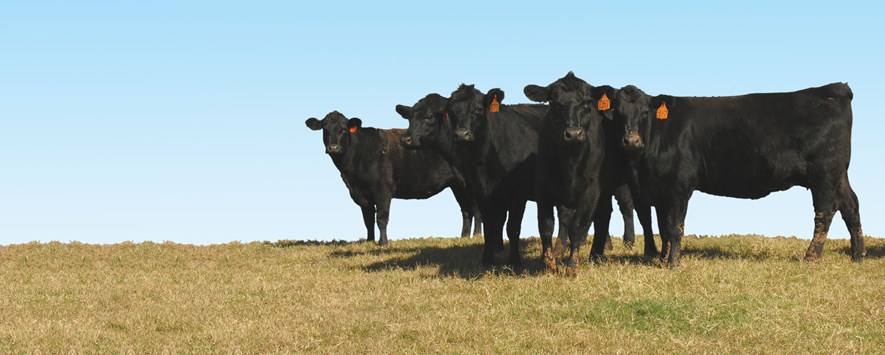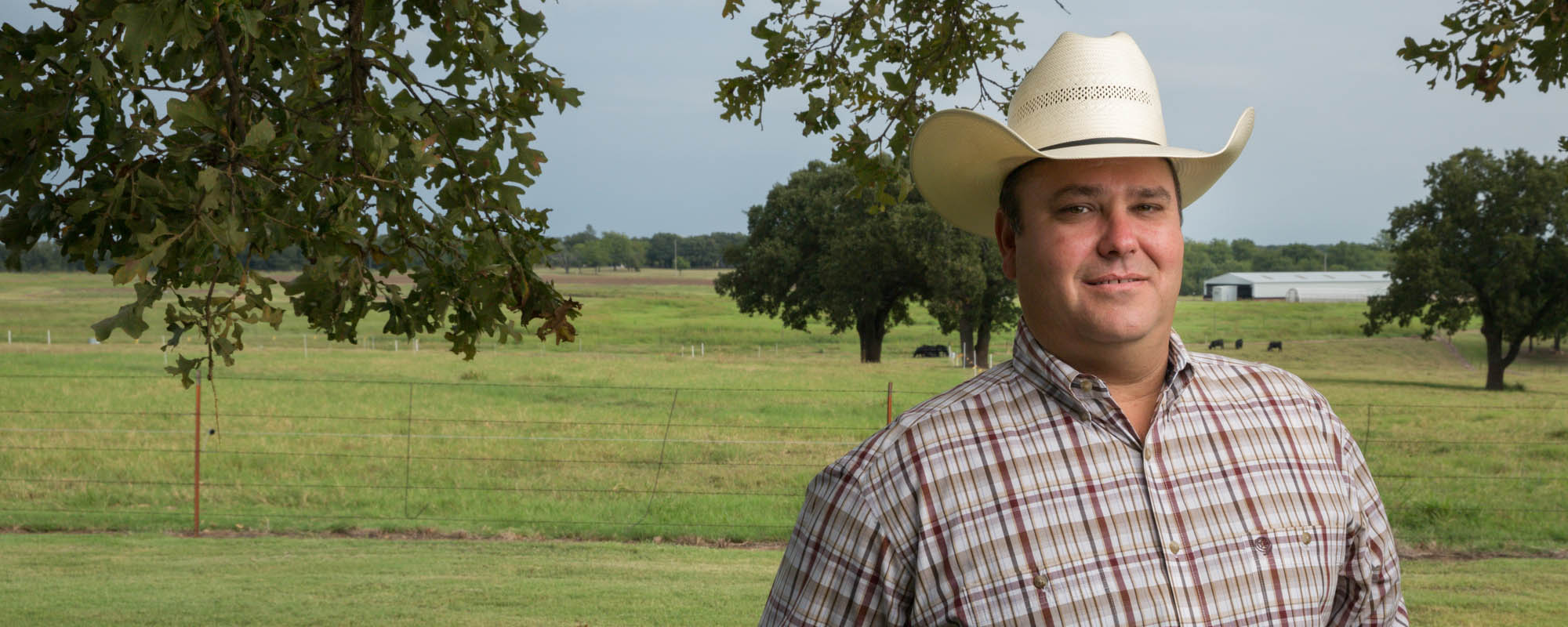
Robert Wells, Ph.D. News
Students learn, explore agriculture safety at annual event
Seventeen fifth-graders stood behind a short concrete wall and belted out the alphabet song in an attempt to be heard over the rumble of a tractor.
Safety First
Robert Wells does not usually talk about his 8th birthday. But with a dozen sets of eyes trained on him during the Noble Research Institutes 5th Annual Ag Safety Day, Wells detailed his most painful childhood memory.
A Higher Standard
The Integrity Beef program helps ranchers deliver high quality livestock to market while increasing profitability.
Noble Research Institute consultant named Educator of the Year
Noble Research Institute Livestock Consultant Robert Wells, Ph.D., was recently selected as the 2016 Oklahoma Beef Quality Assurance Educator of the Year.
How to Properly Manage Your Bulls for a Successful Breeding Season
Proper off-season management of bulls can ensure longevity within the herd and a subsequent successful breeding season.
Giving To The Land
Chuck Coffey uses prescribed fire to boost the land’s health and ability to support beef cattle.
Alliance starts premium replacement female program
The program is designed to help producers identify and select the right animal to become a profitable cow on their ranch.
Determining the Value of Weathered Hay
The drought of 2011 is set to go down in the record books as one of the most severe in history. Most livestock producers in the Southern Great Plains have not been able to put up enough hay to meet their requirements in a normal growing season, let alone during a drought when they will have to start feeding hay earlier in the year.
Making More With Fewer Cows
Cattle producers in the Southern Great Plains had to reduce cow numbers in 2011 due to the most severe drought in decades. Replacement cow prices are at an all-time high in 2012, and most pastures are still in poor condition, making it difficult for many producers to restock to former levels.
Management strategies ease calving season
As we strive to improve the beef operation over time, it's never too early to be thinking about the next calving season.
Off-season bull management aids breeding success
Most ranchers in Texas and Oklahoma will have already turned their bulls out to the cow herd for the breeding season or will be preparing to do so. With this in mind, we should be looking ahead to managing the bulls once the breeding season is over.
Early Weaning During Drought Makes Sense
The drought of 2011 is turning out to be one of the worst on record. Most Texas and Oklahoma producers are looking for things that they can do to save what little forage they have and to conserve the amount of hay and feed they will need until green-up next spring.
Beef Quality Assurance improves consumer experience
Beef Quality Assurance was developed over 25 years ago to help producers increase the quality of beef they produce by educating ranchers and their employees on the importance of proper management and adhering to industry-accepted guidelines.
Hay Quality After Rainfall
Haying has been a real challenge with the frequent rains we've experienced. The consensus among the Agricultural Division's consulting teams is that most of the hay put up so far this summer has had at least one rain fall on it before baling.
Goats and Weed Control
With costs on the rise, many landowners are seeking less expensive alternatives to mechanical or chemical weed control in pastures. One natural method to achieve this goal is to stock goats to consume unwanted brush and weeds.
Feeding nitrate-containing forage requires caution
Horses have a higher tolerance to nitrates than cattle, but extreme caution should be exercised when feeding it.
Artificial insemination increases profits
Estrus synchronization and timed artificial insemination are an economically viable alternative to owning a bull if the producer has multiple bulls.
Why Test for Cattle Persistently Infected With Bovine Viral Diarrhea Virus?
By now, most cattle producers have at least heard the "buzz words" PI and BVDV. If you've picked up just about any trade publication, been to an industry meeting or talked to a Noble Research Institute livestock specialist, you've probably seen or heard the terms before - persistently infected (PI) bovine viral diarrhea virus (BVDV). Yet, there are still some who have not received, or don't fully comprehend, the message.
New animal identification rules aid disease traceability
The USDA has initiated the Animal Disease Traceability Program to track interstate livestock movement. The new rule replaces the previous unpopular version of the National Animal Identification System and pertains to all livestock, including cattle, horses, sheep and goats.
EPDs benefit terminal production systems
Surprisingly, I still find that many producers do not use expected progeny differences (EPDs) as a primary selection tool for their bull.
Teeth condition can reveal cow age, aid culling decisions
Cows with poor teeth will have a difficult time maintaining body condition.
Top 10 Ways to Make Cow Herds More Profitable
It has been well-documented in popular press and repeatedly confirmed at sale barns and coffee shops that the current calf market is about one-half of where it was just 2 ½ years ago. The short-term...
Integrity Beef Alliance: Using Best Management Practices to Improve Profit
The Integrity Beef Alliance is a value-added calf program that utilizes high-quality bull genetics coupled with best cow-calf management practices to produce a quality value-added commercial calf....
Early Weaning Benefits First-Calf Cows, Calves
Weaning calves from first-calf cows early offers benefits to the animals and operation. Robert Wells, Ph.D., livestock consultant, shares the advantages and tips.
10 Tips for a Successful Weaning and Preconditioning Season
Research demonstrates the advantages of preconditioning calves. The following tips are designed to help producers be more successful during the preconditioning phase of calf development.
How to Evaluate Property for Raising Cattle
When buying land with the goal of producing cattle, consider stocking rate, forage quality and type, soil type and fertility, terrain and slope of the land, water sources in each pasture, number of pastures and traps, working pen availability and condition, fence condition and type, and other infrastructure.
How to Compare EPDs Across Breeds
Commercial cow-calf producers can use across-breed expected progeny differences (AB-EPDs) to compare bulls of different breeds and select the right one for their goals.
Integrity Beef Alliance Takes Bold Steps to Further Program Development
In 2017, the Integrity Beef Alliance voted to include more bull breeds, modified requirements for breed composition for eligible calves, offered additional marketing avenues and a changed sale format, and continued developing the Integrity Beef Premier Replacement Female Program.
Using Bermudagrass Pastures to Meet Cow Nutrient Requirements
Winter supplementation for a cow can account for anywhere between 40 and 60 percent of the annual cost of maintaining the cow. Therefore, producers should plan their winter supplementation strategies during the growing season to allow for more options and to reduce winter feed costs when utilizing bermudagrass pastures.
DNA Technology for the Commercial Cow-Calf Producer
DNA testing has become an economically viable tool that should be used when making selection decisions for commercial cattle producers.
How to Properly Manage Your Bulls for a Successful Breeding Season
Proper off-season management of bulls can ensure longevity within the herd and a subsequent successful breeding season.
This Is What Your Feed Tag Is Telling You
Producers can ensure they are choosing the best feed for their livestock by understanding the information on a feed tag.
Top 12 Things to Consider Before Building a Cattle Handling Facility
Properly designed and thought-out facilities will be safe for the producer and animal and will allow for cattle to be easily worked in a timely fashion.
Do You Possess the 8 Characteristics of an Intentional Beef Producer?
Intentional beef producers share many characteristics when it comes to managing their operations for healthy herds and profits.
Don’t Let Your Cows Eat the Profit
Intentional beef producers will develop a winter feeding strategy and calving season that reduces the cost of winter feed.
Plan Your Winter Cattle Feeding Program and Save Money
Develop a cost-effective winter feeding program to meet a cow’s protein and energy requirements while saving money.
What Is a “Regenerative Cow”?
Developing a herd of “regenerative cows” will give you efficiency and help you be profitable while leaving the land better than you found it.
You Cannot Starve a Profit Into a Cow
Most producers are trying to survive the winter by stretching forage and feed resources. This can be accomplished with careful thought and consultation with a nutritionist to ensure that each cow's nutrient requirements are still being met for the stage of production it is in. If corners are cut to save money now, it can have long lasting repercussions.
Grazing Native Grass Pastures Is More Economical Than Feeding Hay to Cows in Winter
Producers can save money by using native grass as a standing hay crop when overwintering a cow herd, since the supplemental feed costs are less than feeding hay plus supplementation.
Hay Feeder Design Can Reduce Hay Waste and Cost
The cost of hay doubled between the spring and late summer. With these increased prices, have you considered the cost of the hay wasted due to the type of hay feeder you use?
'Employee' analogy aids replacement heifer selection
Replacement heifers are the hot topic at most rancher gatherings these days.
Heterosis... Hype or Legit?
Now, it seems every publication you read or every expert you hear is talking about heterosis. So, you ask, "What's this fancy word 'heterosis,' and can I capitalize on it in my herd?" Well, simply put, heterosis is hybrid vigor.
Integrity Beef pays dividends in high cattle markets
Large and small ranches benefit equally from participating in Integrity Beef Alliance.
Manure scoring determines supplementation needs
By October, winter is just a few pages away on the calendar. With the change in season and forages entering dormancy comes the need to pay closer attention to your supplementation strategy to ensure cows do not lose body condition.
Needle management contributes to beef quality
How many times do you reuse needles when doctoring calves? Properly managing needle use is a key component of ensuring that the beef we produce is safe and wholesome.
Planning Your Winter Feeding Program for Profitability
How would you like to save $15 per cow on your winter feeding bill? What if I told you it could easily be done by making one timely change in what you are feeding your cows grazing on native grass pasture?
Proper bull selection can increase return on investment
The past few years have seen a dramatic downturn in calf prices from historic highs to the lowest prices in four or five years. Unfortunately, some input prices are slow to come down while other...
Take Care of Your Heifers and They Will Take Care of You
About the end of every year, beef producers have sold the last calf crop and have a few weeks or months of relative calm before calving season starts. It is easy to become complacent about the cow herd and the replacement heifers, but if you don't take care of them now, they will not be able to take care of you in the future.
